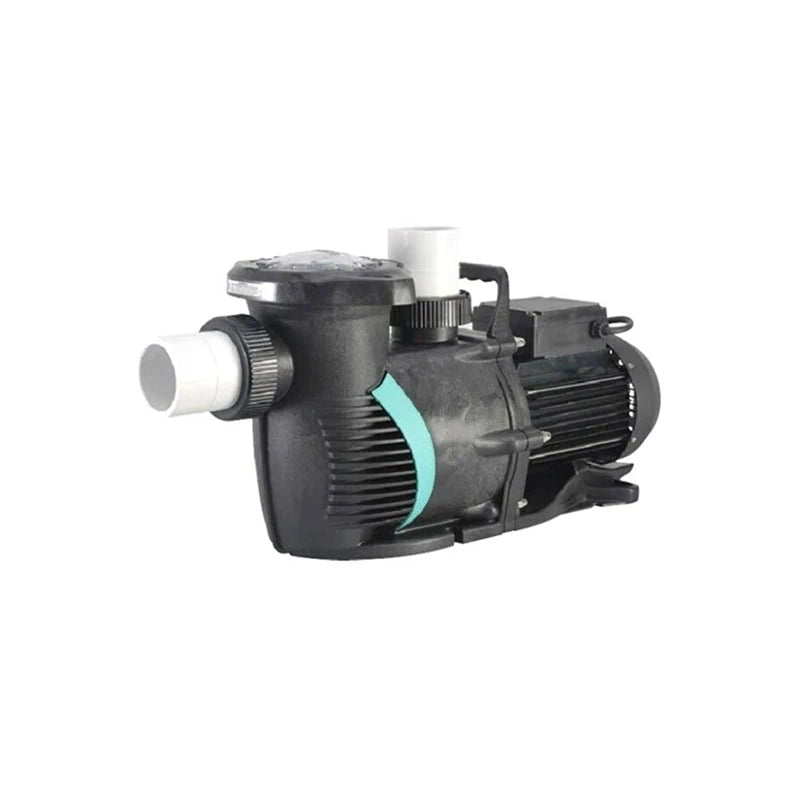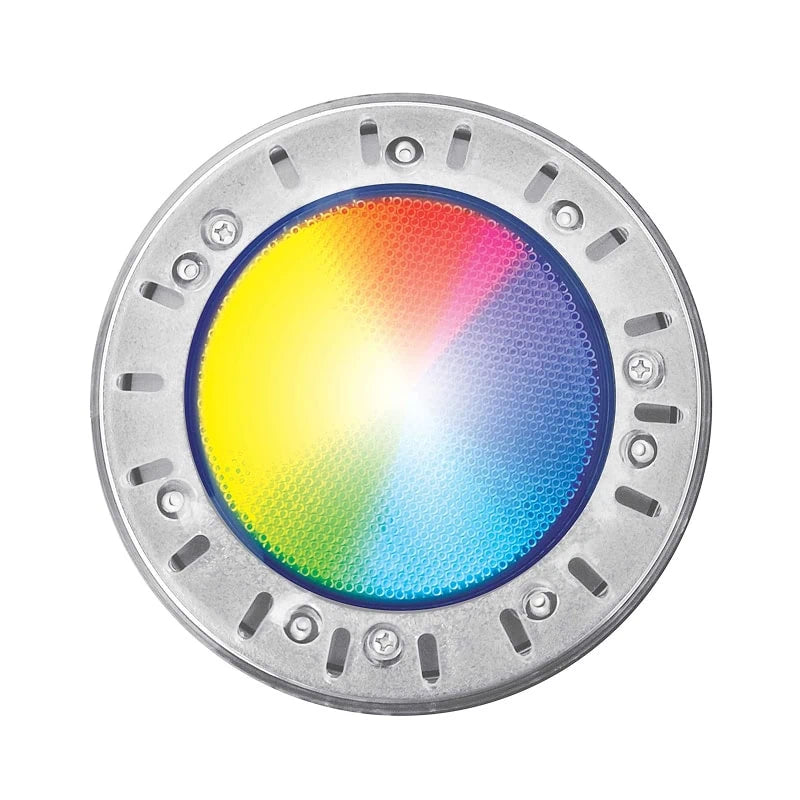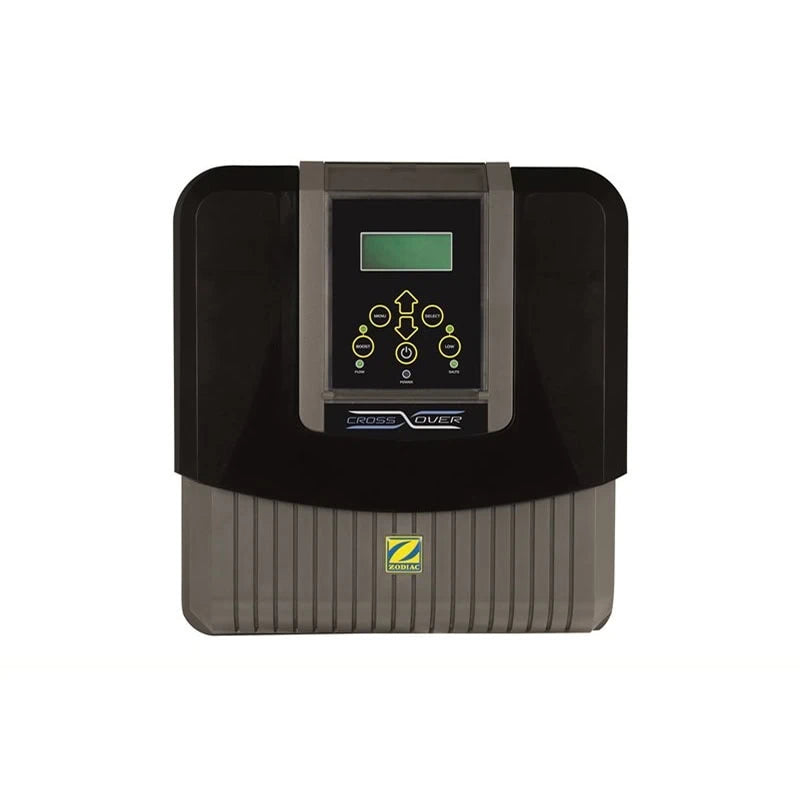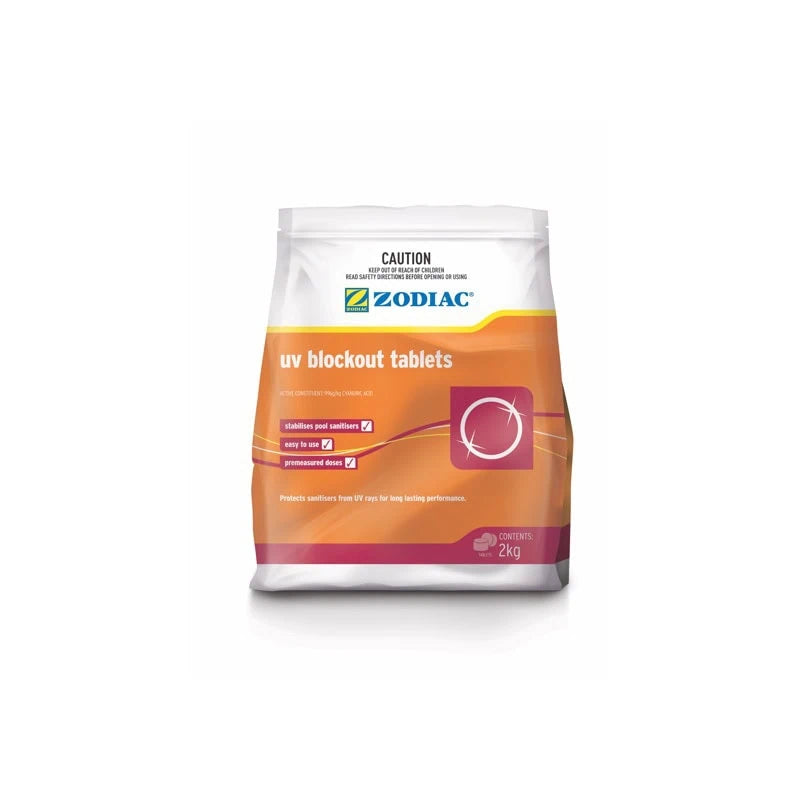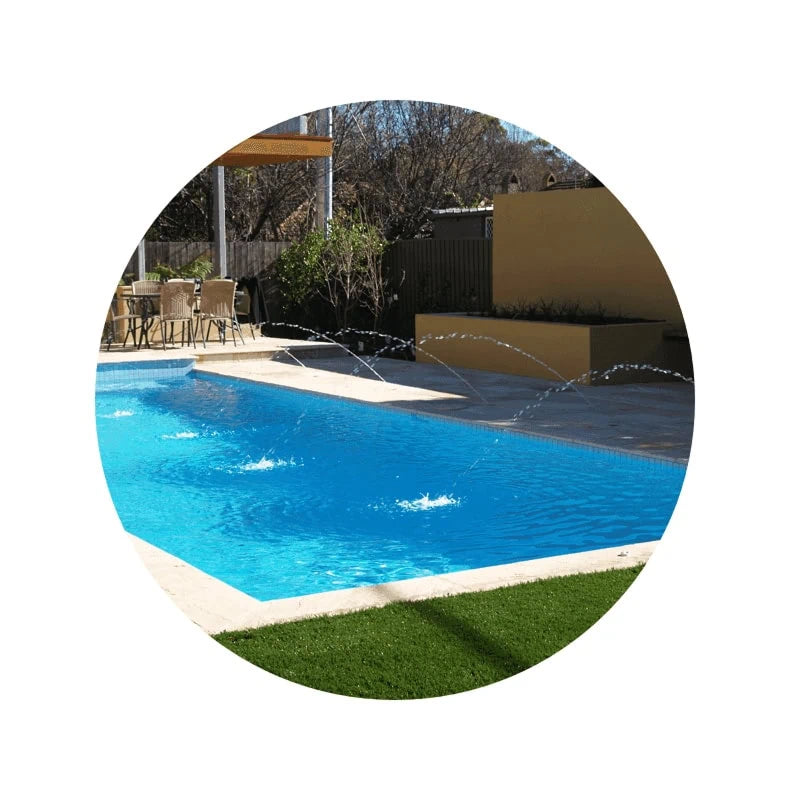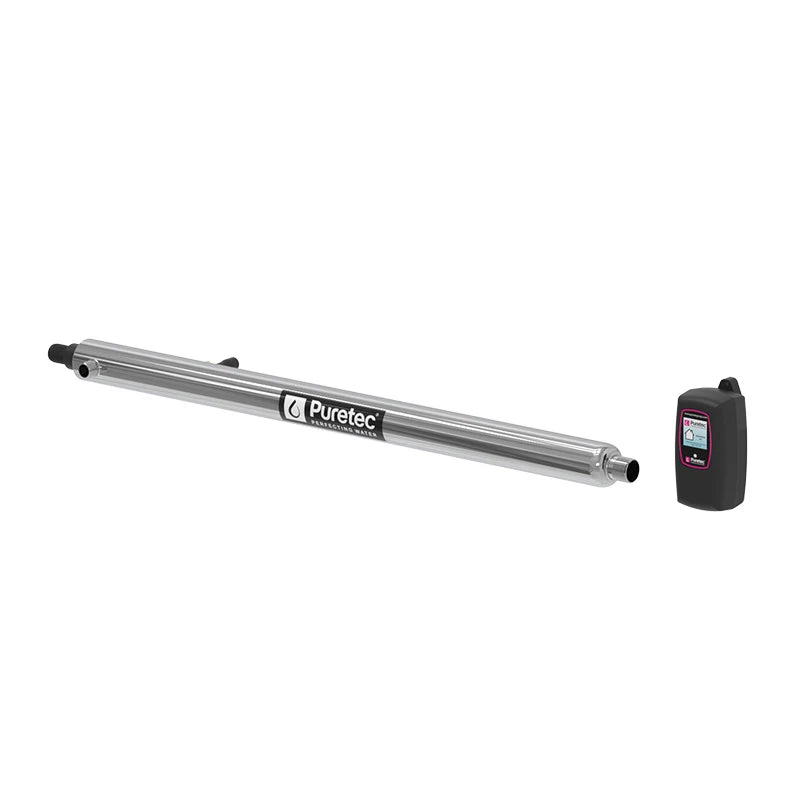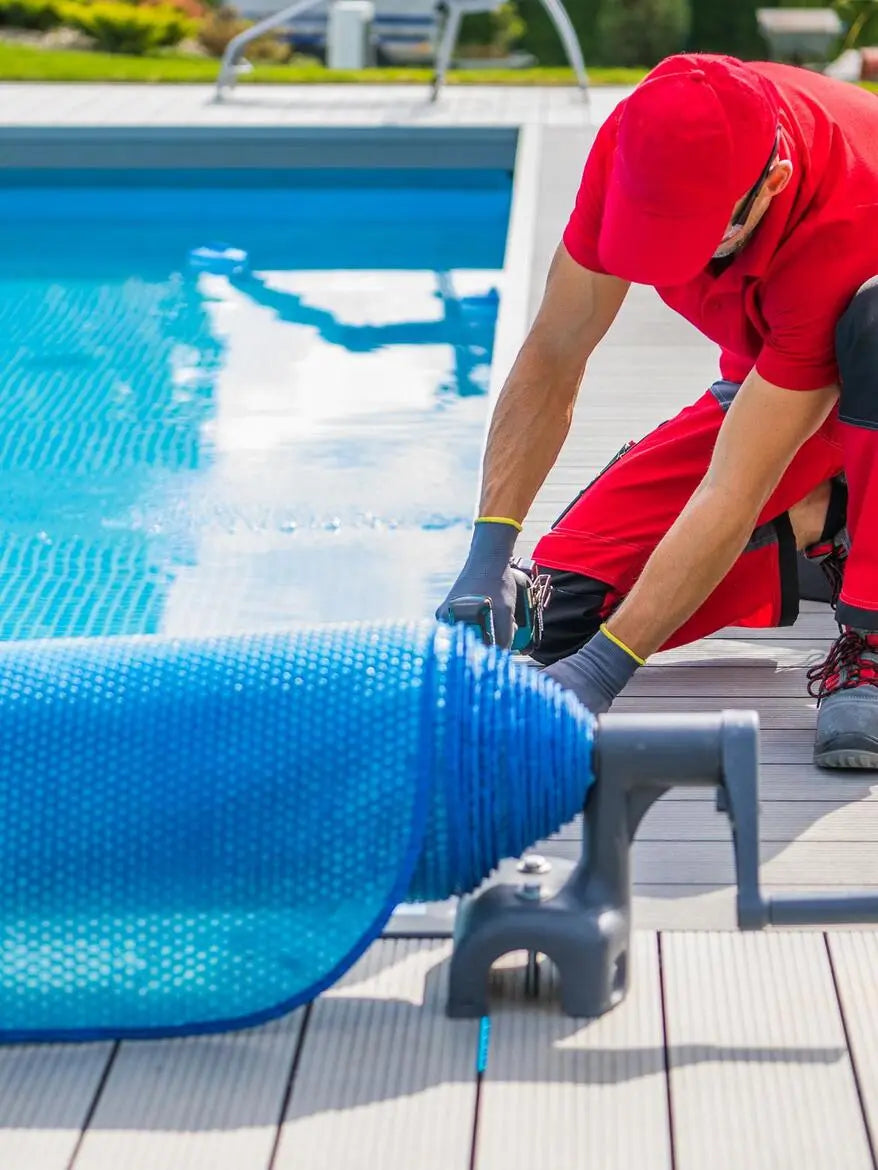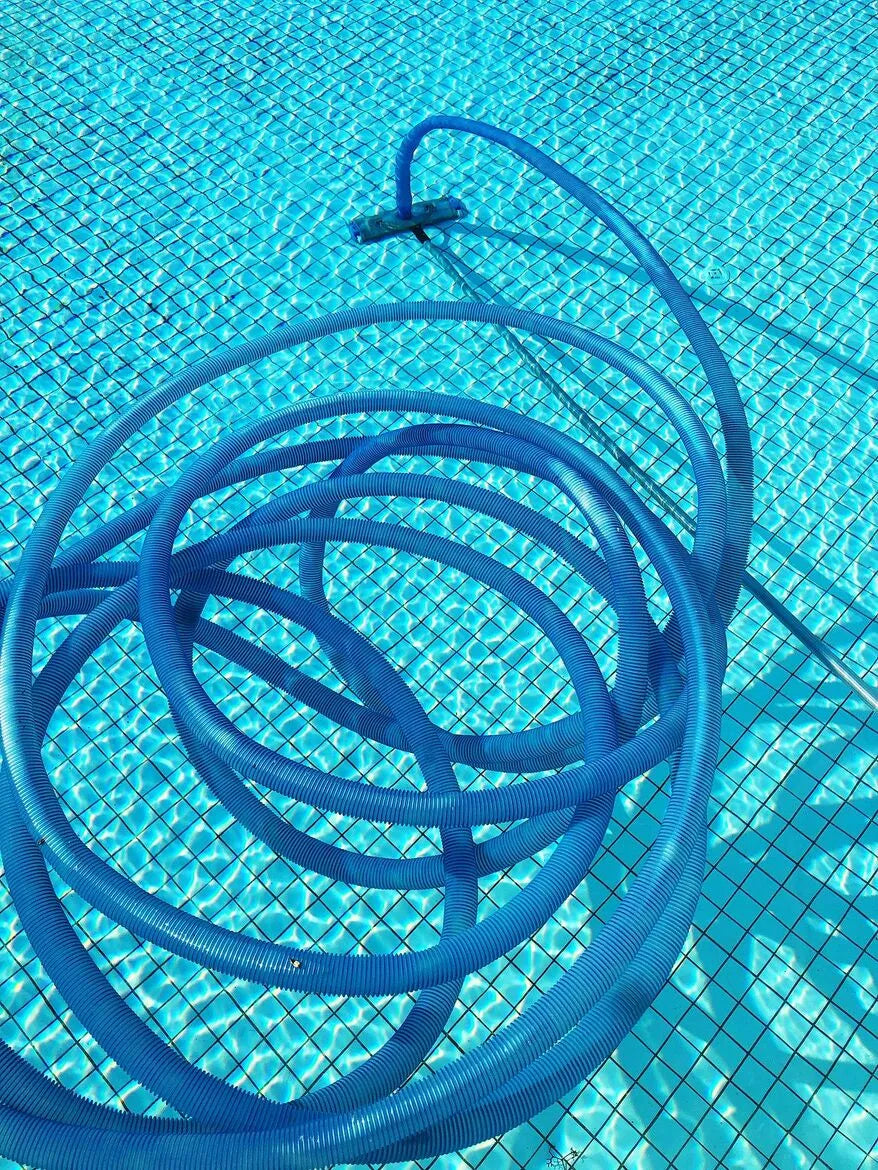Pool Shell Maintenance Tips

Fibreglass pool shells are low-maintenance but not maintenance-free. Keep the water chemistry balanced, brush lightly each week, avoid abrasive tools, and inspect annually for fading or cracks. Consistent care protects the gelcoat finish and helps your pool last 30–40 years with minimal repairs.
Every pool starts out looking perfect — that flawless shimmer, the crystal water, the spotless surface. But what separates a pool that stays beautiful from one that fades and stains isn’t luck. It’s maintenance.
And when it comes to fibreglass shells, “maintenance” doesn’t mean scrubbing for hours or pouring in chemicals. It’s about understanding how the material behaves — how sunlight, chemistry, and water balance interact with the gelcoat surface — and making small, consistent efforts that protect your investment.
Let’s look at how to care for your pool shell so it stays smooth, strong, and stunning for years to come.
Key Takeaways
- Consistent maintenance = longevity: Small weekly habits like brushing, testing, and cleaning the waterline prevent costly damage later.
- Know your materials: The gelcoat protects the fibreglass structure — avoid harsh cleaners or imbalanced chemicals that break it down.
- Routine schedule: Weekly chemistry checks, monthly cleaning, and annual inspections keep your shell in top condition.
- Avoid draining unnecessarily: Empty fibreglass shells risk “popping” due to groundwater pressure — always consult a professional first.
- Seasonal care matters: Summer means UV and chlorine control; winter requires water level adjustment and continued monitoring.
- Eco-smart options: Pool covers, energy-efficient pumps, and mineral systems save money and protect the surface long-term.
- Expert tip: Prevention beats repair. Most shell issues trace back to neglected water balance, not manufacturing flaws.
Understanding Your Fibreglass Pool Shell
A fibreglass pool shell is a multi-layer composite made of gelcoat, vinyl ester resin, and structural fibreglass.
- Gelcoat: The glossy top layer that gives colour and protects against UV, staining, and chemical wear.
- Vinyl ester barrier coat: Prevents water penetration and osmosis (blistering).
- Fibreglass laminate: The structural strength beneath the surface.
Knowing this helps you understand why certain cleaning products or pH imbalances matter — they don’t just affect water; they affect the protective chemistry of your shell.
💡Expert insight: Most “shell problems” start not with the material, but with poor water chemistry or neglect over time.
If you’re still considering your options, take a look at our fibreglass pool shells. Each design is built for durability and low maintenance, but knowing how to care for it properly keeps that finish looking brand new for years to come.
Routine Pool Shell Maintenance Schedule
A consistent routine makes upkeep effortless. Here’s a simple, professional-grade schedule to follow:
|
Frequency |
What to Do |
Why It Matters |
|
Weekly |
Test water pH (7.2–7.6), chlorine, and alkalinity. Brush walls and steps lightly. |
Prevents scaling, staining, and algae growth. |
|
Monthly |
Clean the waterline, inspect fittings and skimmer box. |
Removes oils and sunscreen residues that dull the gelcoat. |
|
Quarterly |
Check filter pressure, backwash system, inspect plumbing and lights. |
Keeps water circulation efficient and shell stress-free. |
|
Annually |
Professional inspection for hairline cracks, fading, or osmosis signs. |
Early detection prevents costly repairs. |
💡Pro tip: Keep a logbook or use a pool maintenance app. The cost of neglect is always higher than regular care.
Cleaning and Surface Care
Fibreglass shells are low-maintenance by design — but they do need the right touch.
- Use soft brushes or microfibre cloths. Avoid stainless-steel or stiff-bristle brushes that can scratch gelcoat.
- Avoid abrasive cleaners. Stick to pool-approved surface cleaners or diluted vinegar for the waterline.
- Manage calcium levels. Hard water leaves scale that dulls colour. Regularly test and use a calcium reducer if needed.
- Don’t drain the pool unnecessarily. Empty shells risk lifting (pop-out) from ground pressure — always consult a pro before draining.
💡Expert insight: Shiny gelcoat fades from over-chlorination and sun exposure, not from age. Keep chlorine balanced, use a pool cover, and your shell will look new for decades.

Preventing Common Pool Shell Problems
Here’s what most pool technicians wish homeowners knew:
- Fading or discolouration: Caused by UV exposure or high chlorine. Use a pool cover and maintain chemical balance.
- Crazing (fine surface cracks): Usually cosmetic; avoid using hard brushes or shock chlorination.
- Staining: From metals, leaves, or bore water — treat early with a stain remover before it etches the gelcoat.
- Blistering (osmosis): Prevented by good chemical control and not leaving the pool empty for long periods.
💡Expert tip: Prevention is 90% of maintenance. The shell is built to last — your job is to protect the gelcoat barrier that keeps it beautiful.
Repairing Minor Damage
Small surface imperfections don’t mean disaster. Here’s what’s fixable:
- Light scratches: Polish with a fine compound designed for fibreglass.
- Faded areas: Professional buffing can restore shine.
- Tiny chips: Repair kits with matching gelcoat can make them invisible.
- Persistent stains: Spot-treat with ascorbic acid or a specialised fibreglass cleaner.
If you notice bubbles, structural cracks, or water behind the shell wall, stop DIY fixes — call a professional. These require resin injection or patching under pressure.
Seasonal Maintenance: Summer & Winter
Australia’s seasons bring unique challenges for fibreglass pools.
In summer:
- Keep chlorine in range — high temps burn it off quickly.
- Use a shade sail or solar cover to reduce UV damage.
- Run the filter longer on very hot days.
In winter:
- Lower the water level just below the skimmer (don’t drain completely).
- Shock the pool once, then cover it.
- Check chemistry monthly even when not swimming.
💡Pro insight: Winter neglect causes more shell damage than summer sun. Treat winter as “slow season”, not “off-season”.
Long-Term Durability & Inspection
A well-made and well-maintained fibreglass shell can last 30–40 years. The key is early detection and gentle, consistent care.
Schedule a professional inspection every year or two — they’ll check for structural movement, coping separation, and early signs of osmosis.
💡Expert opinion: Fibreglass doesn’t just age — it responds to its environment. Think of your shell as a living system that thrives on stability.
Eco-Friendly & Cost-Efficient Maintenance Tips
- Use a pool cover: Cuts evaporation by up to 80% and protects gelcoat from UV.
- Install a variable-speed pump: Saves power and reduces wear on plumbing.
- Choose mineral-based sanitising systems: Gentler on skin and surfaces.
- Opt for rainwater top-ups where possible: Reduces chemical use and water bills.
- Keep the pool full: Maintaining hydrostatic pressure prevents shell lift and stress.
Pro insight: Eco-friendly maintenance is also smart maintenance — it’s usually easier on your wallet and your pool.
Pool Shell Maintenance Tips: Be Consistent
A fibreglass pool shell is one of the most durable structures you can put in your backyard — but even the best shell depends on consistent care. The secret is balance: chemistry, cleaning, and vigilance.
You don’t need to be obsessive; you just need to be consistent. Treat your shell like the foundation of your backyard lifestyle — because that’s exactly what it is.
Need expert guidance? Pool Tools can help you choose, install, and maintain your fibreglass pool shell so it stays as pristine as the day it was craned in.

Pool Tools Team
We’re here to share expert advice, practical tips, and clear guides to help you choose, build, and maintain your pool with confidence. From fibreglass shells to everyday equipment, we make pool care simple.

